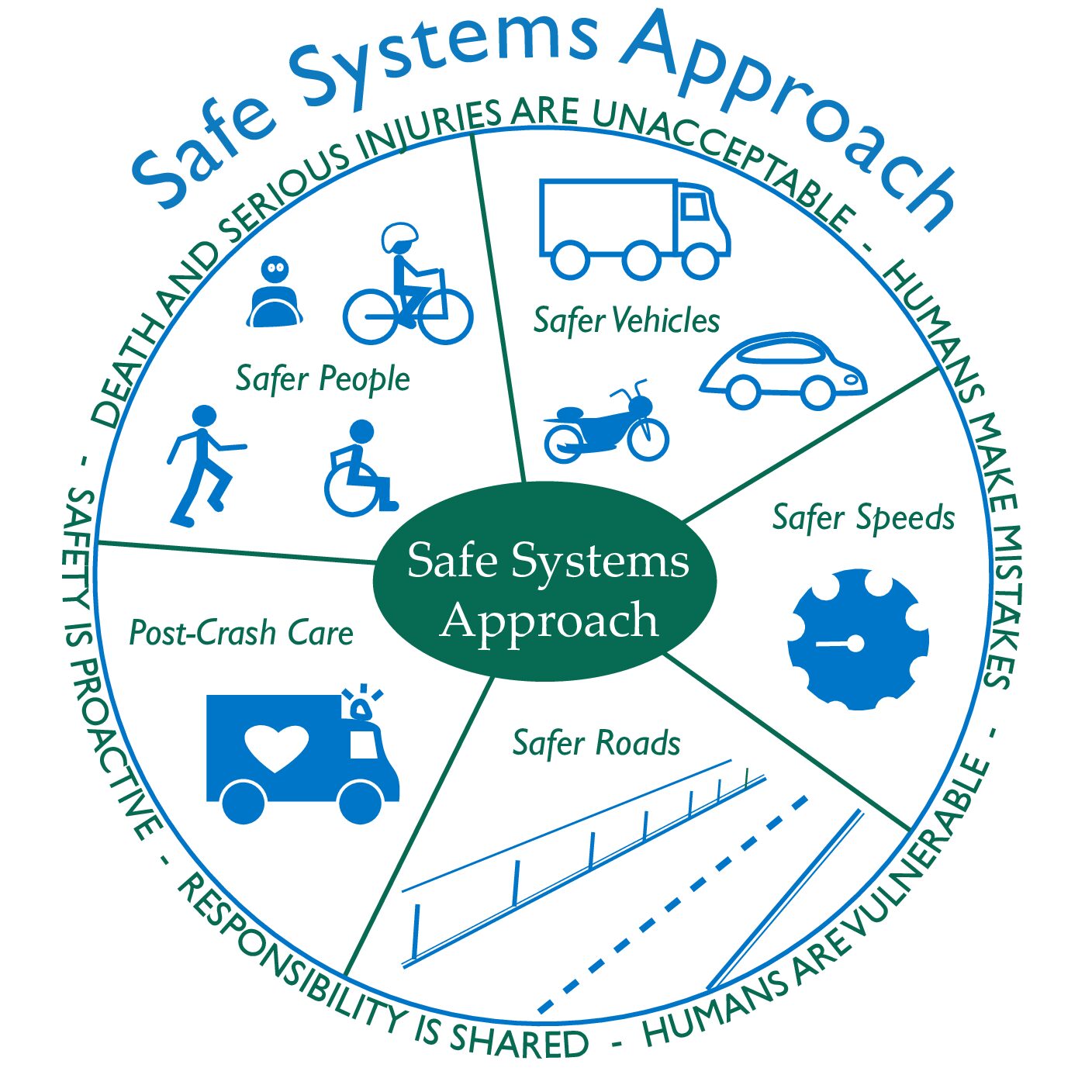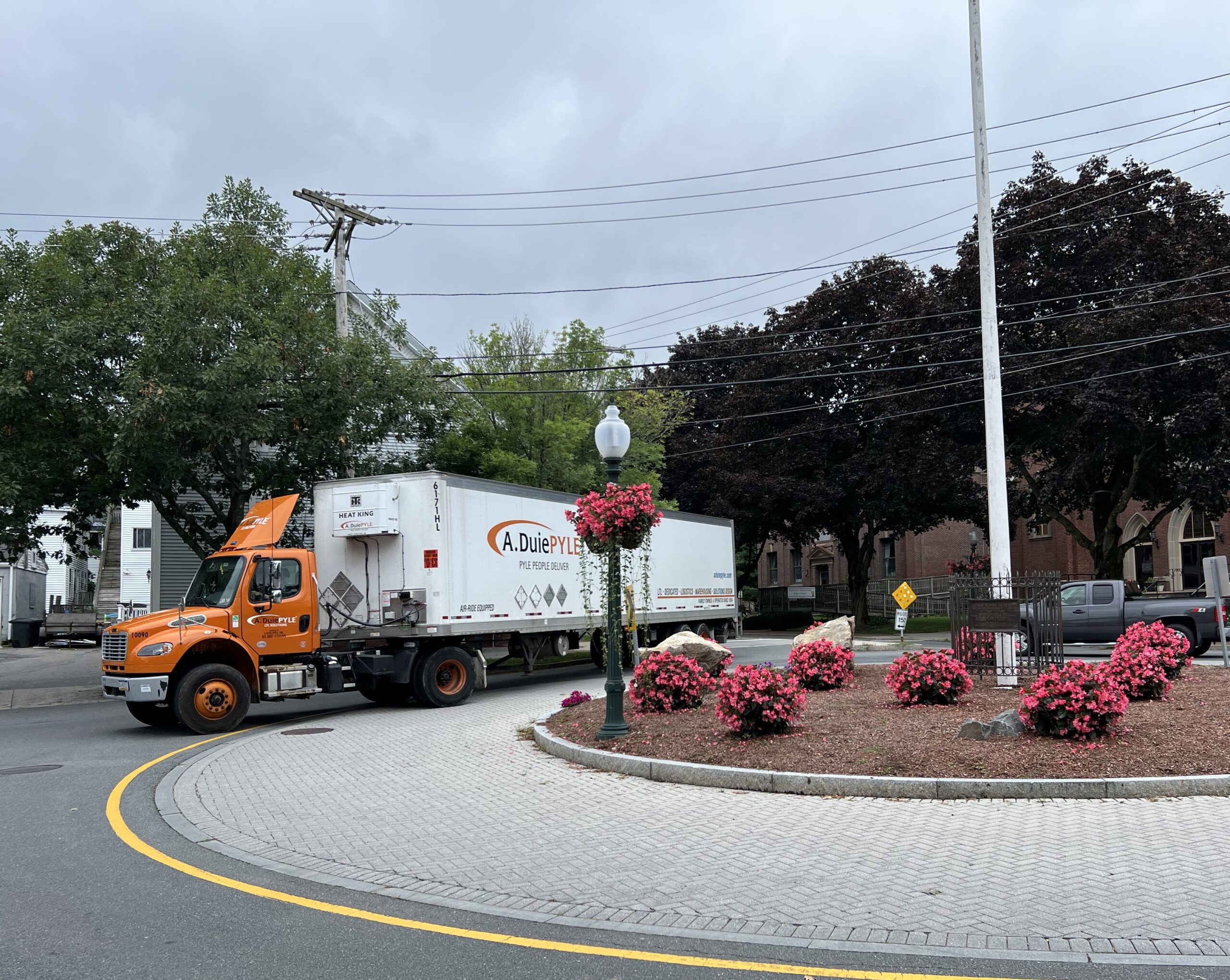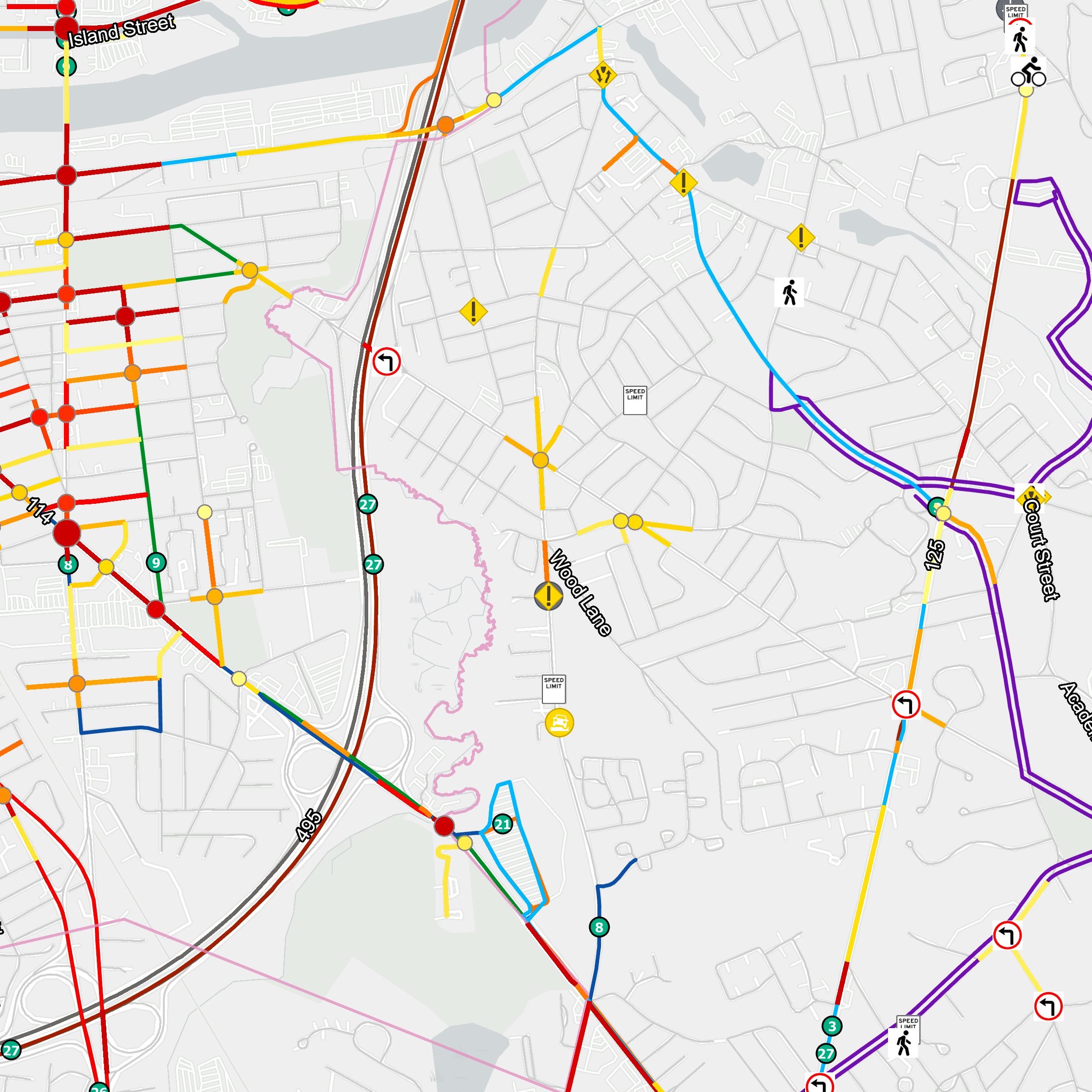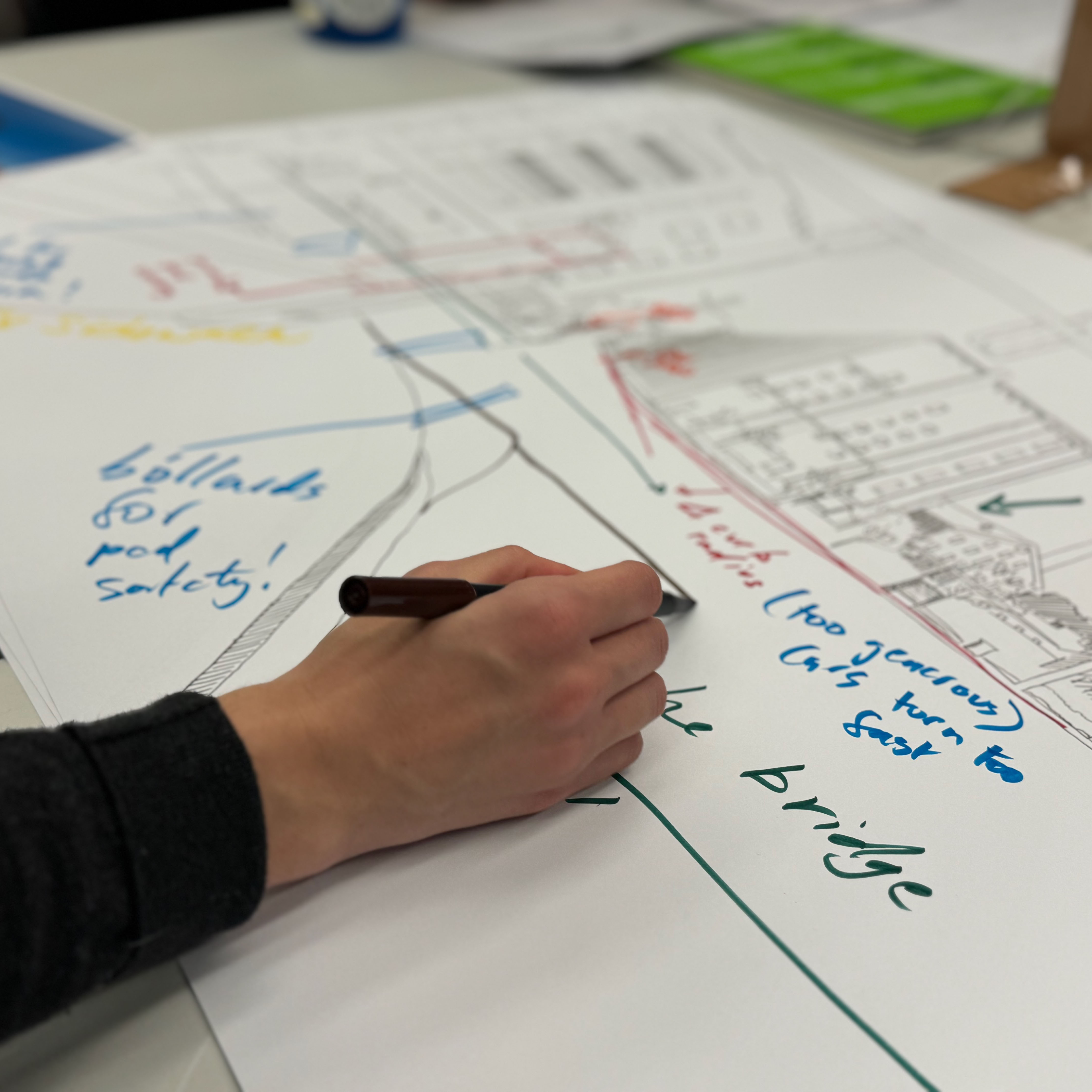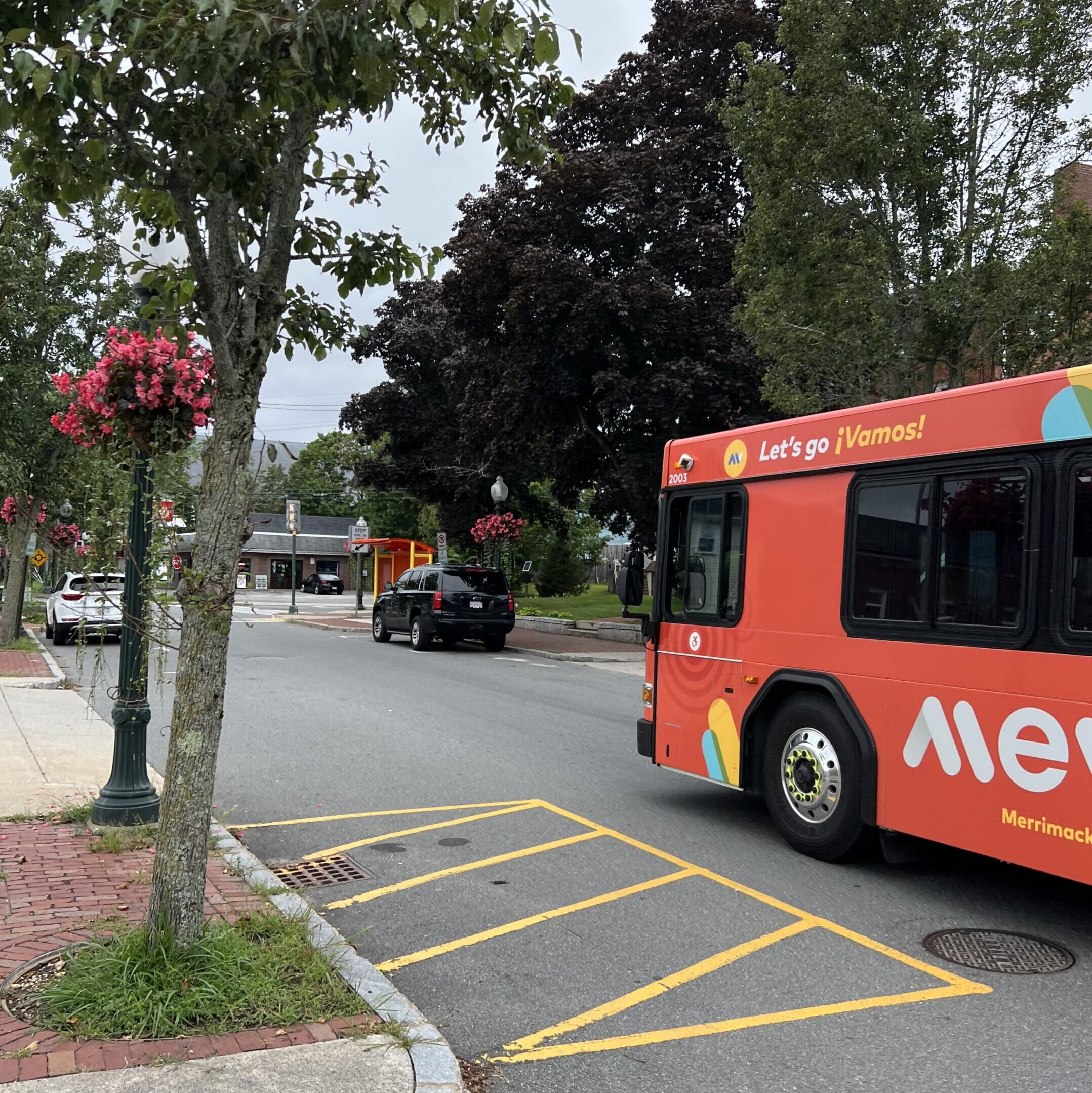Merrimack Valley Vision Zero
Merrimack Valley Vision Zero
Vision Zero is a roadway safety strategy that has been effectively eliminating severe injury and fatal crashes since the 1990’s. At the beginning of 2023, MVPC was awarded a Safe Streets and Roads for All grant to create a Vision Zero Plan which will supply our region with strategies to create an equitable, safe and multi-modal transportation network.
We need your help – click a button below to add your input!
Thank you for visiting our MV Vision Zero Page! We are in the process of updating this site. If you have any questions that are unanswered here, please reach out to the Vision Zero project manager Elizabeth Maldari [email protected]
Click a photo below to learn more:
The Six Principles that Guide Safe Systems
At the heart of Vision Zero is the Safe Systems Approach. There are six principles which guide Safe Systems:
- Death and serious injuries are unacceptable – A Safe System Approach prioritizes the elimination of crashes that result in death and serious injuries.
- Humans make mistakes – People will inevitably make mistakes and decisions that can lead to or contribute to crashes, but the transportation system can be designed and operated to accommodate certain types and levels of human mistakes and avoid death and serious injuries when a crash occurs.
- Humans are vulnerable – Human bodies have physical limits for tolerating crash forces before death or serious injury occurs; therefore, it is critical to design and operate a transportation system that is human-centric and accommodates physical human vulnerabilities.
- Responsibility is shared – All stakeholders—including government at all levels, industry, non-profit/advocacy, researchers, and the general public—are vital to preventing fatalities and serious injuries on our roadways.
- Safety is proactive – Proactive tools should be used to identify and address safety issues in the transportation system, rather than waiting for crashes to occur and reacting afterward.
- Redundancy is crucial – Reducing risks requires that all parts of the transportation system be strengthened so that if one part fails, the other parts still protect people.
